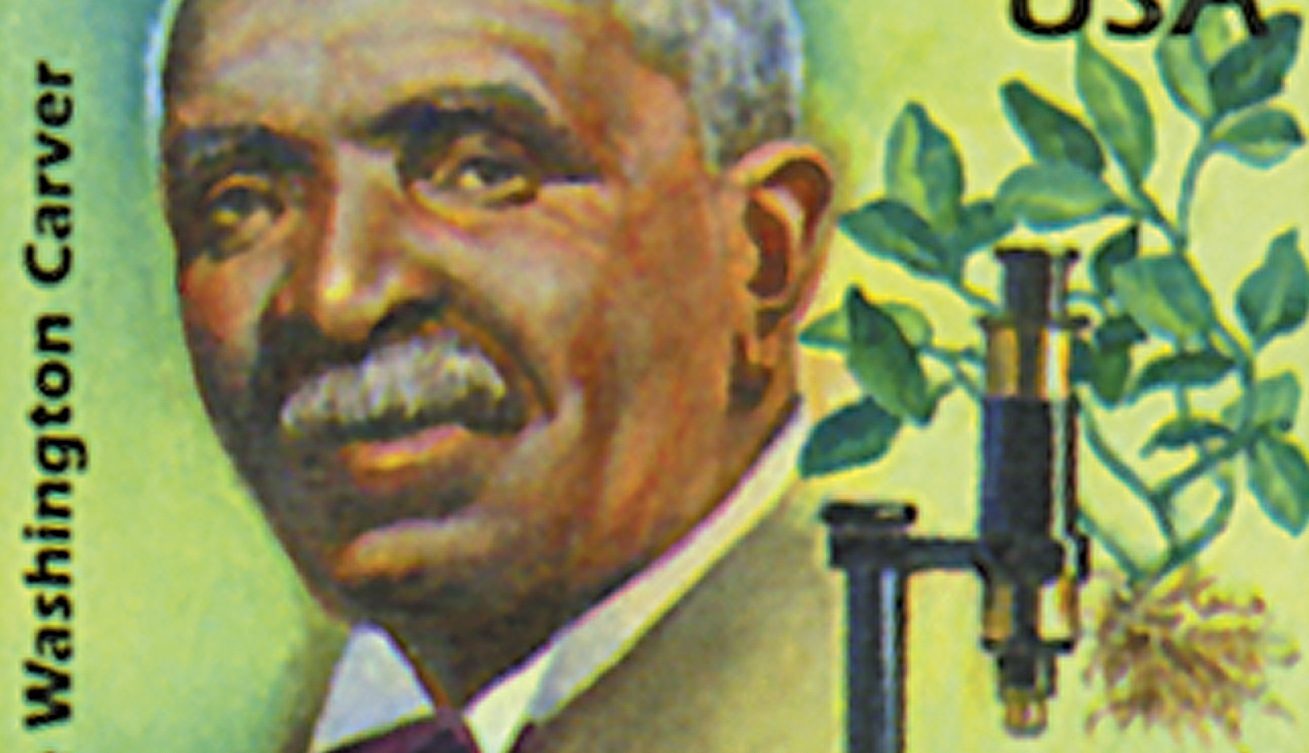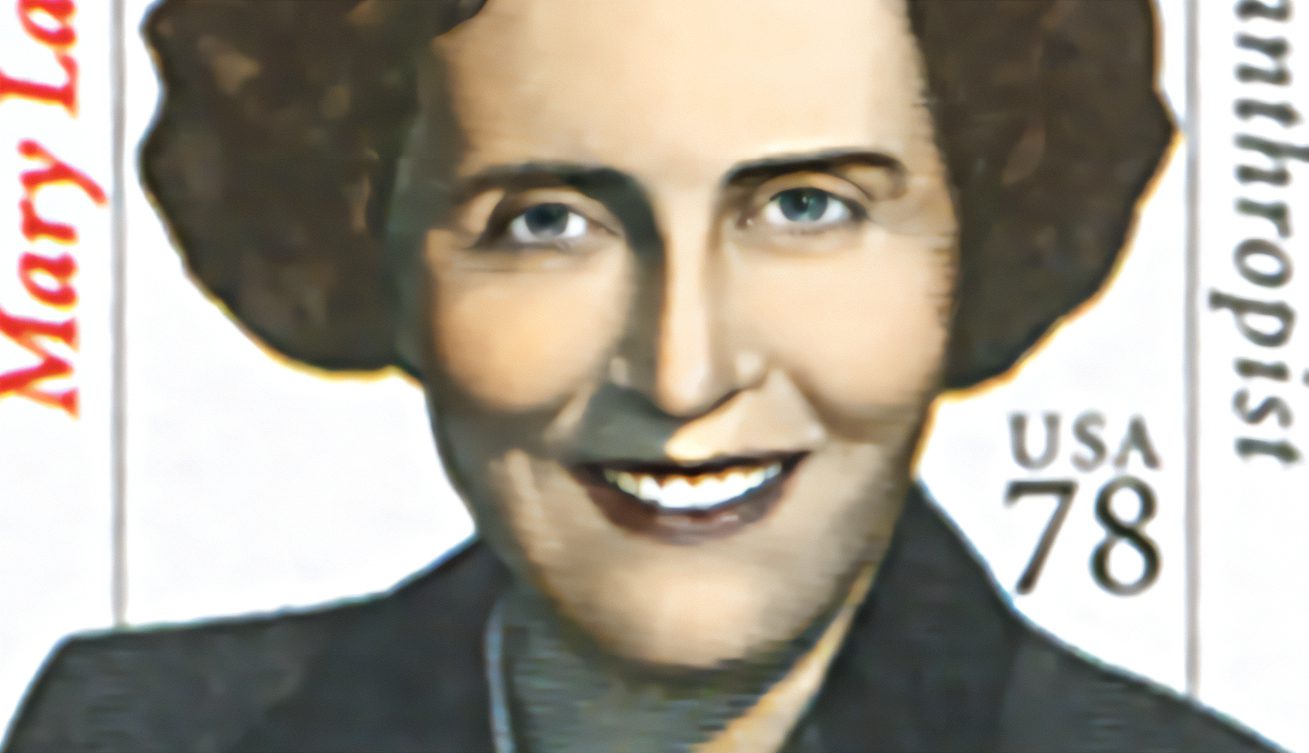The American Chemical Society
On April 6, 1876, the American Chemical Society was founded in New York City. It was the first organization in the country devoted entirely to chemistry.

On April 6, 1876, the American Chemical Society was founded in New York City. It was the first organization in the country devoted entirely to chemistry.

On March 21, 1826, the Rensselaer School was incorporated in Troy, New York. Later named the Rensselaer Polytechnic Institute, it’s considered the oldest continuously operating technological college in America and the English-speaking world.

On March 13, 1781, William Hershel discovered Uranus, the first of the planets to be discovered in modern times.

Nicolaus Copernicus was born on February 19, 1473, in Thorn, Poland. A pioneering astronomer, he suggested that the planets revolve around the sun at a time many believed the planets revolved around the Earth.

On February 14, 1998, the first National Donor Day was held in the US. The annual event is held to raise awareness of the need for organ and tissue donations and to honor those who have donated, those who have received donations, and those we lost before donations became available.

February 5 is celebrated annually as National Weatherpersons Day in honor of Dr. John Jeffries, one of America’s first weather observers. National Weatherpersons Day is held on February 5 to mark Jeffries’s birthday in 1744.

On January 7, 1927, men in New York and London staged the first official telephone call across the Atlantic Ocean. Using radio waves, it made instant communication across the ocean a reality, paving the way for our modern communication systems.

Botanist and inventor George Washington Carver died on January 5, 1943, in Tuskegee, Alabama. Carver worked to help poor Southern farmers and is most famous for developing more than 300 uses for peanuts, earning the nickname, “Peanut Man.”

Health activist and philanthropist Mary Woodward Lasker was born on November 30, 1900, in Watertown, Wisconsin. Lasker campaigned for greater cooperation between scientists and the medical community as well as for government funds to finance research.